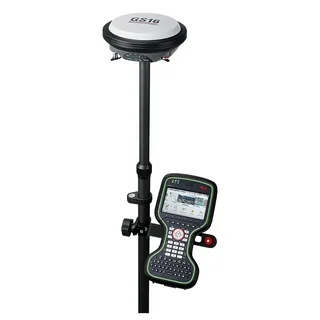Global Navigation Satellite Systems (GNSS) have become an integral part of modern life, supporting applications ranging from personal navigation to critical infrastructure. However, despite their widespread use, gnss systems are not immune to challenges. Ensuring high signal accuracy remains a persistent issue, especially in environments where signal conditions are far from ideal. In this article, we explore the challenges and solutions in GNSS signal accuracy, focusing on the major factors that degrade performance and the technological responses designed to overcome them.
Understanding GNSS Signal Accuracy
GNSS signal accuracy refers to the degree of closeness between the position estimated by the GNSS receiver and the actual location on Earth. Accurate positioning is essential for applications like autonomous vehicles, precision agriculture, and surveying. Unfortunately, several environmental and technical challenges impact the reliability and precision of GNSS signals.
Major Challenges in GNSS Signal Accuracy
1. Multipath Effects
One of the primary challenges in GNSS signal accuracy is multipath interference, where signals bounce off buildings, terrain, or water before reaching the receiver. This causes the receiver to calculate an incorrect distance from the satellite, resulting in positioning errors.
2. Atmospheric Disturbances
The ionosphere and troposphere can delay GNSS signals as they travel from satellites to the Earth. These delays are variable and hard to predict, leading to inaccuracies, particularly in single-frequency GNSS receivers.
3. Signal Blockage and Weak Signals
In urban canyons, forests, or indoors, GNSS signals can be blocked or severely weakened. This leads to reduced satellite visibility and degraded positioning performance.
4. Satellite Geometry and Availability
The accuracy of GNSS positioning also depends on satellite geometry. Poor satellite alignment, known as high Geometric Dilution of Precision (GDOP), negatively impacts signal accuracy.
Technological Solutions to Enhance GNSS Signal Accuracy
1. Multi-Frequency Receivers
To address atmospheric errors, modern GNSS receivers can process multiple frequencies. Dual- and triple-frequency receivers allow for more accurate error correction and improved positioning under challenging conditions.
2. Augmentation Systems
Satellite-Based Augmentation Systems (SBAS) and Ground-Based Augmentation Systems (GBAS) enhance GNSS signal accuracy by providing correction data. These systems improve performance in critical applications such as aviation and maritime navigation.
3. Integration with Other Sensors
Combining GNSS with Inertial Navigation Systems (INS), LiDAR, or visual odometry can significantly reduce the impact of GNSS limitations. Sensor fusion allows for continuous and reliable navigation, even when GNSS signals are temporarily lost.
4. Advanced Algorithms and AI
Machine learning and AI-based algorithms can now detect and mitigate multipath signals and other anomalies in real time. These intelligent systems enhance robustness and improve the challenges and solutions in GNSS signal accuracy by adapting dynamically to the environment.
Future Outlook
As demand for precise positioning grows—especially with emerging technologies like autonomous vehicles and smart cities—the focus on overcoming the challenges and solutions in GNSS signal accuracy will intensify. Future GNSS constellations, improved augmentation systems, and more sophisticated receivers promise a new era of highly accurate and reliable satellite-based positioning.
Conclusion
While GNSS has revolutionized navigation, the journey toward flawless accuracy is ongoing. From environmental interference to hardware limitations, the challenges and solutions in GNSS signal accuracy continue to evolve. Fortunately, advancements in technology are paving the way for more robust and accurate systems, enabling safer and more efficient navigation across the globe.


